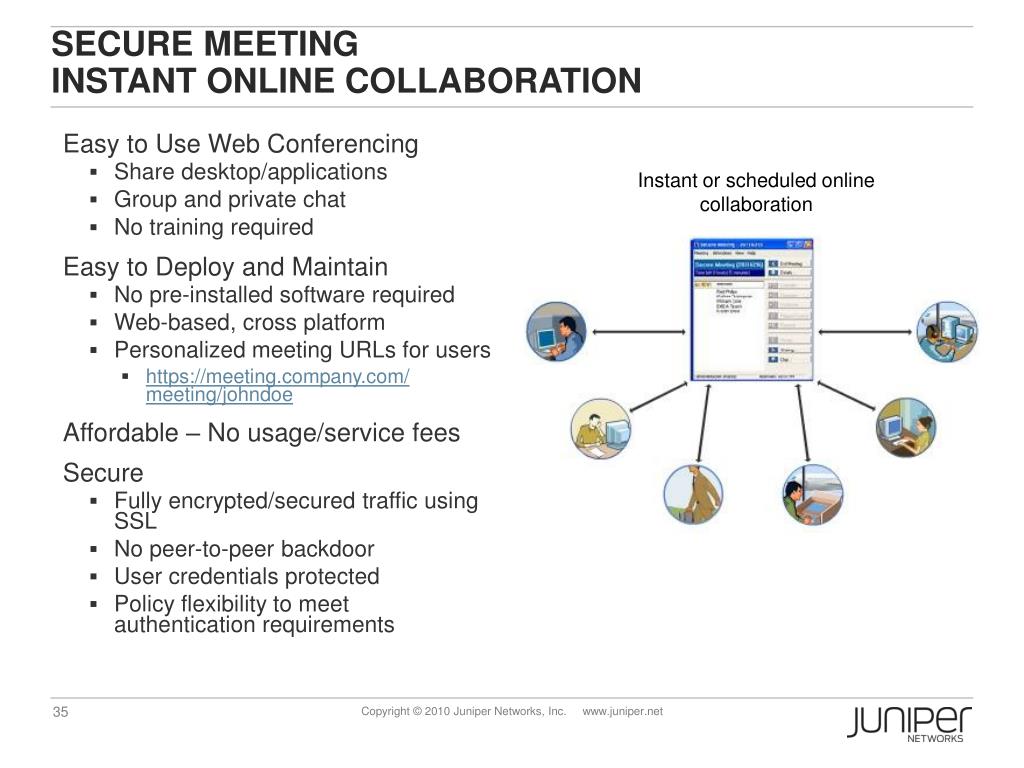

Explain the purpose of BGP extended communities and how to configure and use these communities.Create a routing instance, assign interfaces, create routes, and import and export routes within the routing instance using route distinguishers and route targets.Describe the route distinguisher use and formats.Explain the roles of Provider (P) routers, Provider Edge (PE) routers, and Customer Edge (CE) routers.Explain the features of provider-provisioned VPNs supported by the Junos OS.

Describe the differences between Layer 2 VPNs and Layer 3 VPNs.Describe the differences between provider-provisioned and customer-provisioned VPNs.Explain the definition of the term “Virtual Private Network”.Explain the purpose of several miscellaneous MPLS features.Describe the operation and configuration of link and node protection.Describe the operation and configuration of fast reroute.Explain the use of primary and secondary LSPs.Describe the default traffic protection behavior of RSVP-Signaled LSPs.Describe administrative groups and how they can be used to influence path selection.Describe the CSPF algorithm and its path selection process.Explain the Interior Gateway Protocol (IGP) extensions used to build the Traffic Engineering Database (TED).Explain the path selection process of RSVP without the use of the Constrained Shortest Path First (CSPF) algorithm.Explain the constraints of both RSVP and LDP.Configure and troubleshoot RSVP-signaled and LDP-signaled LSPs.Explain the two label distribution protocols used by the Junos OS.Understand the information in the Label Information Base.Describe the configuration and verification of MPLS forwarding.Explain packet flow and handling through a label-switched path (LSP).Explain routers and the way they forward MPLS packets.Upon completing this course, the learner will be able to meet these overall objectives:


 0 kommentar(er)
0 kommentar(er)
